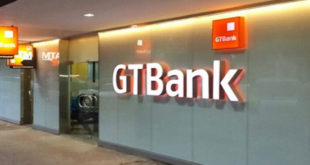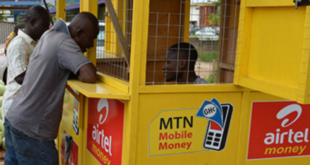This was revealed in the company’s 2021 Financial Statement.
MTN also saw its data revenue grow by 56.3% year-on-year to ¢2.769 billion.
“This was a result of increased data traffic (+54.9%) owing to various commercial interventions, improvements to the network, changes in consumer usage behaviour and increased smartphones on the network (+10.6%).”
Meanwhile, data to service revenue also increased from 29.6% to 36.0% year-on-year in line with its revenue diversification strategy.
The report also showed Active Mobile Money users recovering from the challenges in the first half of 2021 to achieve a growth of 3.8% year-on-year.
Growth in Mobile Money advanced service offerings such as retail merchant payments, micro loans, insurance, and international remittances supported an increase in MoMo revenue by 38.2% year-to-year to ¢1.734 billion in 2021.
The MTN financial statement report further noted that the contribution of Mobile Money to service revenue increased from 20.9% in 2020 to 22.5% in 2021.
Digital revenue however declined by 5.1% in 2021 to ¢200 million.
The company’s Board has also recommended a ¢0.085 dividend to shareholders.
Due to the sterling performance, the board recommended a final dividend of ¢0.085 per share, bringing the total dividend for 2021 to ¢0.115 per share.
This represents 70.6% of profit after tax and a 43.8% increase in dividend per share when compared to the prior period.
In a related development, Africa’s largest mobile network provider, MTN Group, has emerged as the first company on the continent to buy some plots of digital land on the virtual reality world — metaverse.
In a press statement published on its website, the leading telco announced that 144 plots of digital land were purchased in Africarare, the first virtual reality metaverse in Africa that launched in South Africa last year. The company did not disclose how much exactly it spent for this.
We Will Love You To Join Our Over 190k Members Instagram Family With Just One Click @gharticles
Source: GhArticles.com
 GhArticles.com Every News in Detail
GhArticles.com Every News in Detail



